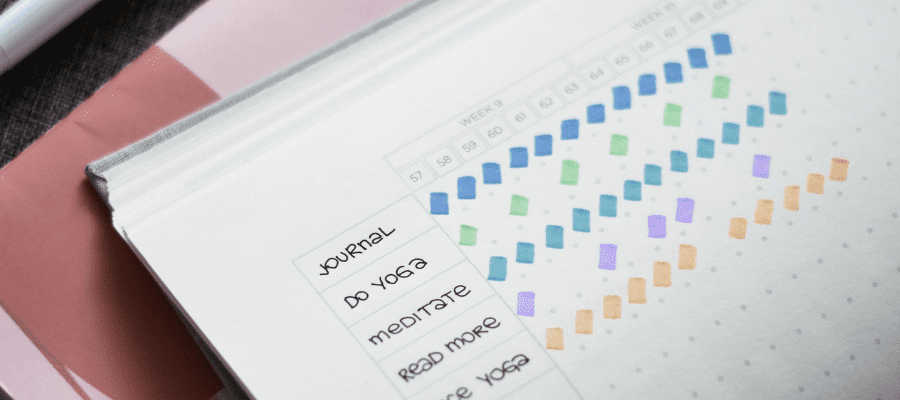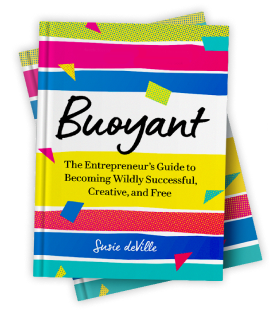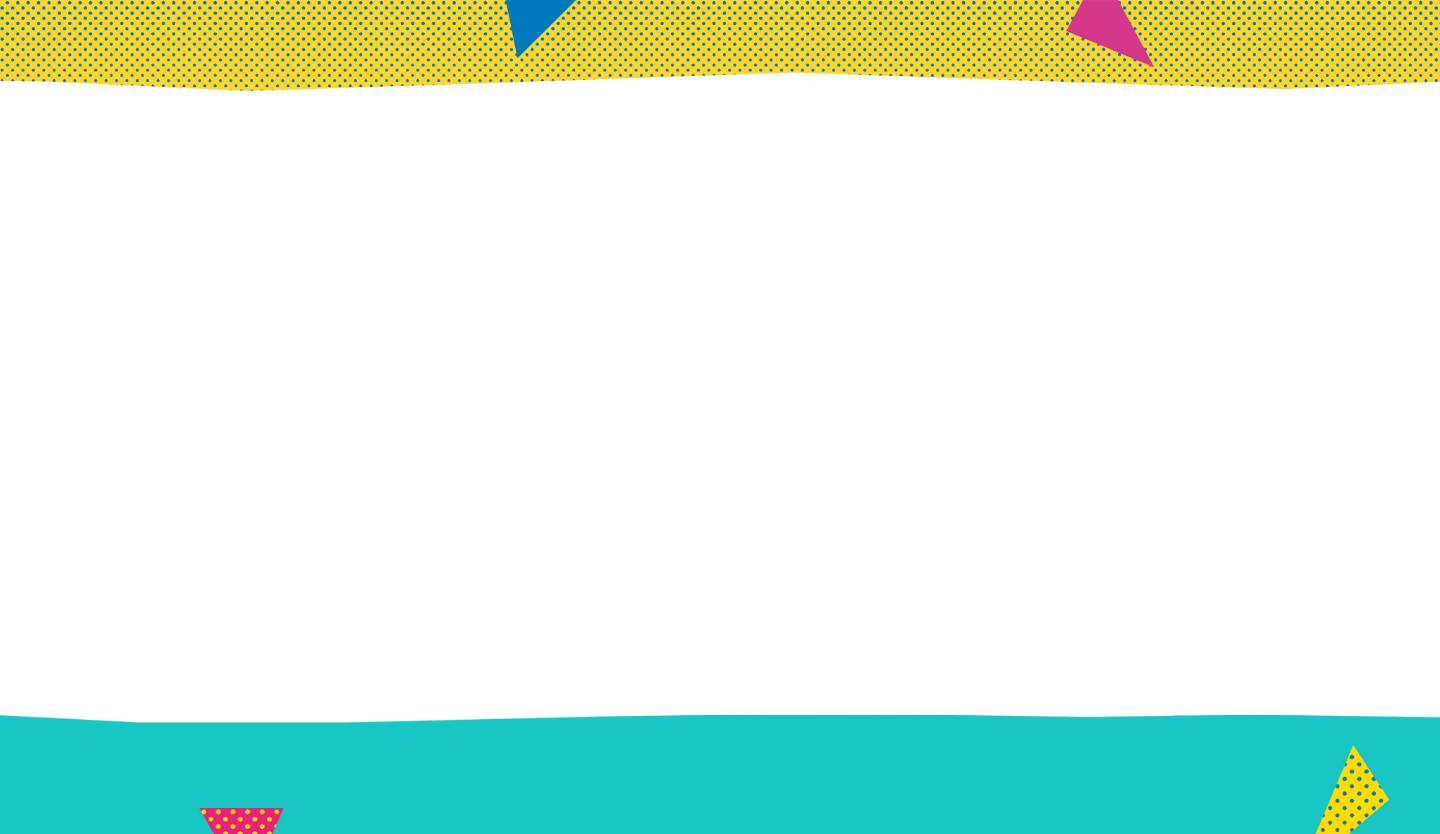Forget feeling ready—when we address our willingness as we strive to form a habit, we can sidestep self-sabotage and engage the future we crave.
Sow a thought and you reap an action; sow an act and you reap a habit;
Ralph Waldo Emerson
sow a habit and you reap a character; sow a character
and you reap a destiny.
‘Tis the season to be thinking about goals, habits, and desired futures.
Admittedly, I obsess over building healthy habits and rituals in every season. I know the power of having habits that keep me fueled with inspiration, dot-connecting, energy, calm, clarity, and a willingness to tolerate The Unknown when trying something new or creating anything.
I also know the slippery slope of having destructive habits that erode my sense of self, strategic focus, and ability to stay consistent. The unique pain of not living up to promises I have made to myself; the atomization of both my voice and comfort with creating with vulnerability.
Understanding the Patterns of Self-Sabotage
Without the lighthouse of solid habits and its amber light to guide me away from the rocks along the shore’s edge, I invariably turn my sails toward danger. Numb, distracted, and disconnected from my true self, I make my way in a trance.
When I hear the grinding of the rocks against the bow, I wake up, but it is already too late to turn.
I pull into port to assess the damage. I cringe. What the heck happened to my resolve, commitment, and dedication? Why did I fall asleep at the helm of my own life?
Why would I put myself back here again, in the Seas of Self-Sabotage?
The vast majority of the time, the root of my behavior lies in the soil of fear. Specifically, fear of judgment. I will have gone weeks, months in a pattern of solid habits, enjoying the ripeness of routine that fuels and heals and inspires.
And then, there’s a new threshold that comes about as a result of this bounty of creativity and courage. A new opportunity. A larger stage. More attention.
My fear of judgment expands exponentially as I garner more recognition and scrutiny. Narcolepsy sets in, and I nod off. I begin to let days build between meditation sessions. I find reasons to avoid my daily hike. I reach for food that makes me feel awful. I keep my phone inches away and pick it up for doses of dopamine and mindless interruptions of thought.
I stop going into my studio and avoid painting, sketching, and collaging. I ignore the creative work of others as it reminds me of my self-inflicted desert. The pain ratchets up until I can no longer bear it.
I worry. I wonder how in the world I can come home to myself. And then I remember: When there’s a Will, there’s a How.
Topping Off the Willingness Tank
That is, I will know how to reestablish my habits once I have topped off my tank of willingness. And what lies beneath willingness?
I return to the scene of the crime in my subconscious mind. I grab my journal and pour onto its pages all my fears and wild, panicky thoughts that stem from overexposure. I look for ways to balance time spent engaging online and in person with restorative quiet. I reach out to my friends and creative community for support and input.
Once the oxygen of willingness fills the room, I know I can (re)build my desired habits.
How to Build a Habit in 5 Steps:
1) Check your willingness tank.
If your gauge is below 50%, stop and get clear on its root cause first. Are you exhausted? Filled with fear? Engaged in compare and despair? Anxious over finances? Feeling alone? Stuck?
2) Take the time you need to address whatever is draining your willingness first.
Spend time journaling and getting all your icky thoughts out and onto paper. Examine your pages for clues on the kind of support you need right now. What or whom would best serve you?
3) Once your willingness tank is topped off, set your specific goals or write down the habits you want to establish.
Choose one to tackle first. Chasing a slew of desired goals/habits can be another form of self-sabotage, so easy does it.
4) Decide upon your cue-based plan for making your habit a routine part of your day.
For example, when I wanted to build a habit of drinking celery juice each morning, I prepared all the celery in advance and set the juicer on the kitchen counter in front of my French Press. No coffee until celery juice was down the hatch.
5) Be gentle with yourself and know that invariably, building a new habit is not a perfect science.
Many times, getting off track is a part of the process. If we can stay out of catastrophizing a slip or fall, we can get right back on that new habit pony. Simply acknowledge what caused you to get off track and hit the reset button. Change requires time and repetition to build new neural pathways.
Meeting Our Futures
The lives we desire require that we pay attention to what is calling to be created through us. Our souls never forget what it is that we dream of. There are reminders all around us. We do not have to stay small, avoiding what we know is our destiny.
In fact, we can artfully craft our desired futures, thought by thought, decision by decision, habit by habit.
Have you been dreaming of building a creative habit? If so, get the inspiration, tools, and social support you need by joining us in the next cohort of The Sketchbook Entrepreneur Masterclass! It is a 6-week course, taught live over Zoom (we begin in mid-January); you will leave having established your footing as a powerful creator.










